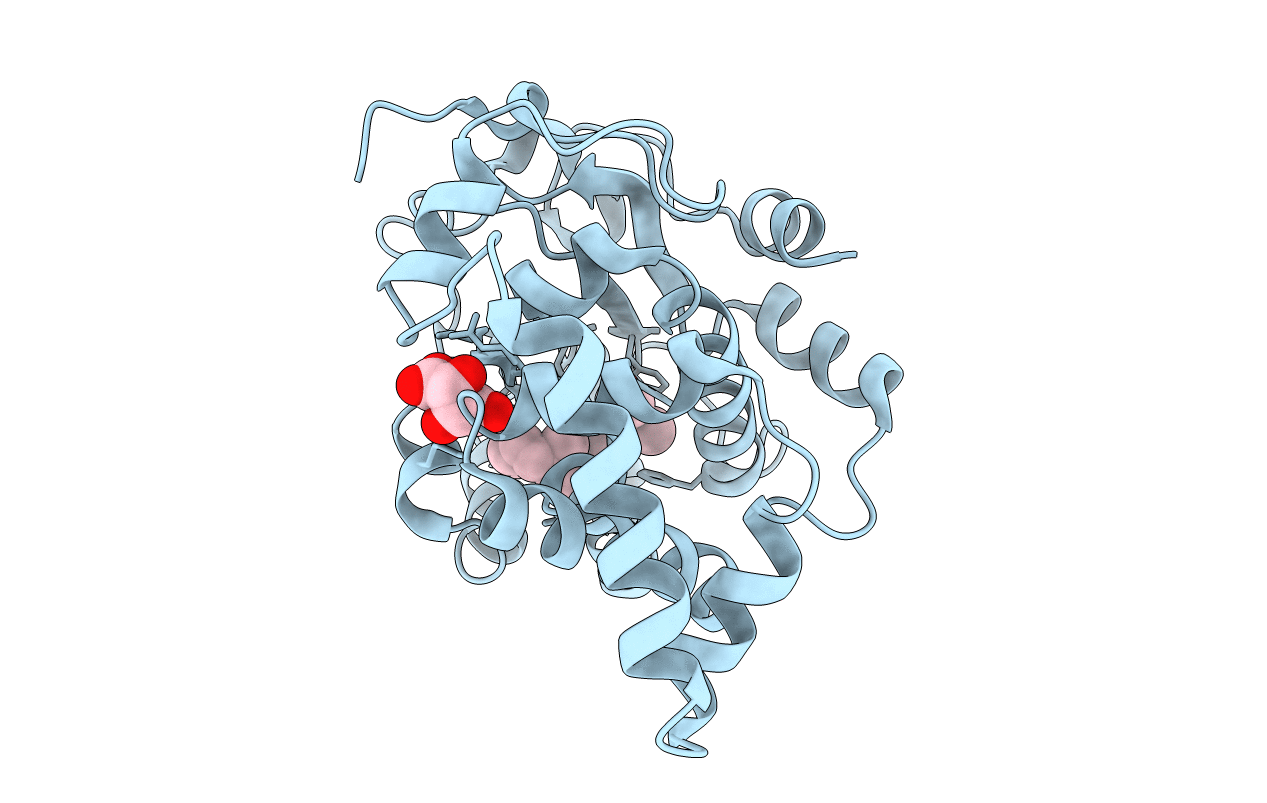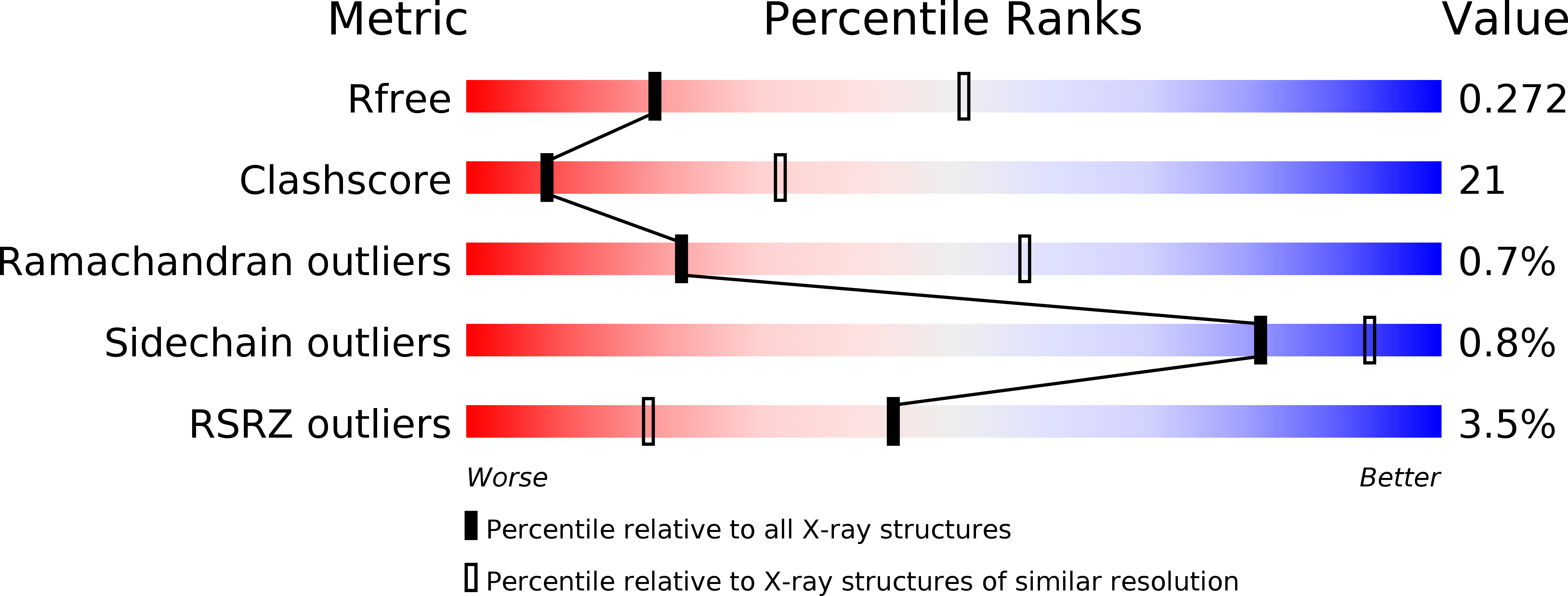
Deposition Date
2009-06-22
Release Date
2009-10-20
Last Version Date
2023-09-06
Method Details:
Experimental Method:
Resolution:
3.04 Å
R-Value Free:
0.27
R-Value Work:
0.23
R-Value Observed:
0.24
Space Group:
P 65 2 2


